SUMMARY
This is AI generated summarization, which may have errors. For context, always refer to the full article.
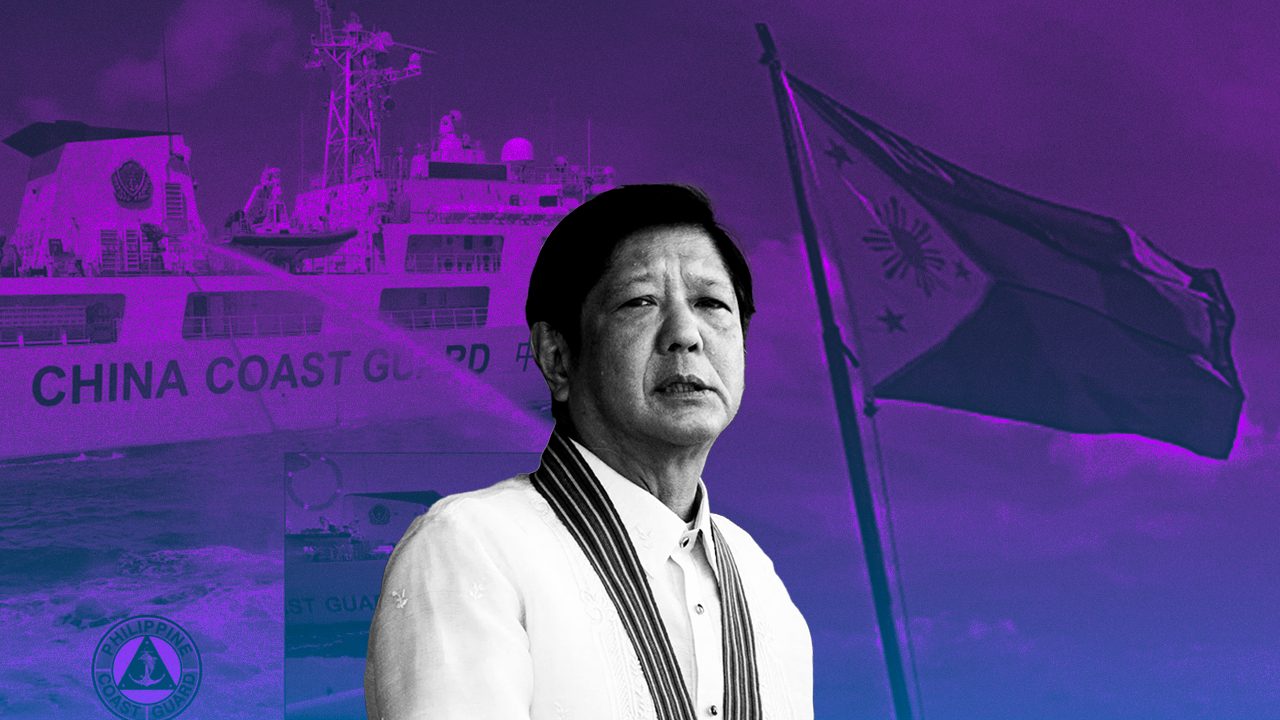
MANILA, Philippines – Retired justice Antonio Carpio, one of the staunchest defenders of the West Philippine Sea, reminded President Ferdinand Marcos Jr. that there’s no “gray area” when it comes to Ayungin Shoal, since it’s part of the country’s exclusive economic zone (EEZ).
Because it’s ours, said the former Supreme Court justice, the Philippines’ response should be to send bigger Philippine Coast Guard ships the next time the military needs to resupply its outpost in the West Philippine Sea.
Carpio made the reminder on Tuesday, August 8, after Marcos said China’s insistence that Ayungin Shoal is theirs is a “gray area” in discussions between Manila and Beijing.
Ayungin Shoal and the BRP Sierra Madre, a World War II vessel purposefully run aground by the Philippines in 1999, serves as a military outpost in the area. Resupply missions to the BRP Sierra Madre, which is manned by a lean team of Marines, is a routine activity.
On August 5, Chinese Coast Guard vessels and Chinese militia boats trailed, harassed, and fired water cannons towards a Philippine Coast Guard boat and an Armed Forces of the Philippines (AFP)-commissioned vessel that was bringing supplies for troops stationed at the BRP Sierra Madre.
Because of the blockade, only one of two AFP-commissioned vessels made it to Ayungin Shoal.
“There is no gray area because the arbitral tribunal expressly ruled that Ayungin Shoal is a low-tide feature forming part of the exclusive economic zone of the Philippines,” said Carpio in a message to Rappler.
The basis for this statement? The 2016 arbitral ruling that the Philippines won and its allies recognize but that China, to this day, insists is invalid.
In 2018, Carpio also said that Filipinos should stop describing the West Philippine Sea as “disputed” waters, because an international court has spoken. “The tribunal has already ruled with finality. There’s no appeal. We are the owners of the resources there. There is no legal dispute as to the ownership of the oil, fish, and gas. It belongs exclusively to the Philippines,” he said.
In a speech in July 2023, the 7th anniversary of the Hague ruling, Carpio said, “Only the Philippines can erect a structure or artificial island on Ayungin Shoal since under UNCLOS the coastal state has the exclusive right to erect structures or artificial islands within its EEZ.”
In a chance interview with media, Marcos was asked about the Philippines’ next steps and said, “Siyempre, ang position ng China, sinasabi nila, ‘Kami ang may-ari nito kaya pinagtatanggol namin.’ Tayo naman, sinasabi, ‘Hindi, kami ang may-ari nito kaya ipinagtatanggol namin.’ Kaya’t ‘yun ang nagiging gray area ngayon na pinag-uusapan.”
(Of course, China’s position, they’re saying: “This is ours so we will defend it.” Meanwhile, we say: “No, this is ours so we will defend it. So that’s the gray area in our discussions.”)
Why is Ayungin so important?
The value of Ayungin Shoal for the Philippines is clear – it’s part of the country’s EEZ and continental shelf.
China, in various statements, has insisted that it was the Philippines who encroached on their territory. The Asian superpower has also said that the water cannoning of Philippine vessels was legal and done with prudence.
“I would like to stress that Ren’ai Jiao has always been part of China’s Nansha Qundao. The historical context of the issue of Ren’ai Jiao is very clear, and China’s position on it is consistent and firm,” said the Chinese embassy in Manila in an August 8 statement.
According to Carpio, it’s Ayungin Shoal’s location – roughly 20 nautical miles from Mischief Reef, where China has built its largest air and naval base in the Spratlys Islands. “Naturally, China wants to control Ayungin Shoal,” said the former justice.
Based on the 2016 ruling, Manila would have exclusive right to develop Mischief Reef because it is within the country’s 200-nautical mile EEZ. But Beijing has maintained control of the reef since the 90s – and has since gone on to build structure upon structure through reclamation work.
There are more longterm reasons for China to want to take Ayungin Shoal. Jay Batongbacal, an expert in maritime law, said in a news forum on Wednesday, August 9, that Ayungin has the same characteristics as the reefs they used to create artificial islands in Mischief Reef. “It can be an ideal place to build a military base,” said Batongbacal.
For China, taking Ayungin Shoal would also mean cutting Spratly Islands, where claims by the Philippines, Vietnam, Taiwan, Malaysia, and Brunei overlap, in half. Batongbacal said it’s been China’s apparent strategy to hop from one reef to another, with the goal of eventually controlling the entire area.
Ayungin is also close and is the nearest low-tide feature to Reed Bank, which is potentially rich in resources like oil and gas. “Ayungin Shoal [is] a good monitoring post to oversee Reed Bank which is rich in gas deposits. If we want to safeguard Reed Bank, a good monitoring base is Ayungin Shoal,” said Carpio.
Reed Bank is within the Philippines EEZ, according to the 2016 ruling – which means the resources there are for the Philippines to exploit. It’s especially crucial for the Philippines to make sure it reasserts control over Reed Bank. By 2027, the Malampaya gas field – which supplies up to a fifth of the country’s power needs – will be depleted.
The Philippines’ 35th protest
Asked what steps the government would take given the August 5 incident, Marcos said, “Ang ating Secretary of Foreign Affairs ay pinuntahan si Ambassador Huang ngayong araw at nagdala ng isa pang note verbale kasama na ang mga picture, mga video kung anong mga pangyayari. At titingnan natin kung ano ‘yung kanilang magiging sagot.”
(Our Secretary of Foreign Affairs went to Ambassador Huang today and brought with him another note verbale along with pictures, videos of what happened. We will see how they respond.)
Marcos seemed to have gotten that detail wrong, too.
In a press briefing later in the day, DFA spokesperson Teresita Daza said Undersecretary Ma. Theresa Lazaro summoned Huang to personally hand him a note verbale or a written protest.
Why do these differences matter? In the world of diplomacy, small details – who summons who, how a summons is made, and who pays a visit to whom – matter.
In this case, it’d be odd for Manalo, representing the aggrieved Philippines to have paid a visit to Huang, China’s representative in Manila. All the way, in Beijing, after all, it was Ambassador Jaime FlorCruz, Manila’ representative in China, who paid a visit to China’s foreign ministry to hand a protest note.
2023 started out promising for Sino-Philippine relations – just days into the new year, and despite a surge in COVID-19 cases in China, Marcos paid a visit to China President Xi Jinping in Beijing.
The state visit was as grand as health protocols allowed. From it, both Manila and Beijing promised a “maturing,” or even a “new golden age” of bilateral ties.
Yet barely a month after that visit, Marcos found himself summoning Chinese Ambassador Huang Xilian to Malacañang after a China Coast Guard vessel pointed a military-grade laser onto a Philippine Coast Guard ship. The move put the Filipino crew in danger.
But that February 2023 protest would not be the last. In fact, in 2023 alone, the DFA lodged 35 diplomatic protests against China, Manila’s would-be friend. The 35th happened on Monday, August 7 in the morning when Huang was summoned yet again, this time by DFA officials.
Marcos led a command conference Monday to discuss the Philippine government’s next steps. Neither the Palace nor the AFP have disclosed the results of that meeting. – Rappler.com
Add a comment
How does this make you feel?
![[WATCH] Carpio on People’s Initiative: ‘Nothing to do with economic provisions’](https://www.rappler.com/tachyon/2024/02/RetiredJusticeCarpio_Cebu_February202024-1-scaled.jpg?resize=257%2C257&crop=767px%2C0px%2C1372px%2C1372px)

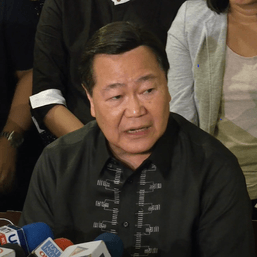

![[WATCH] Carpio on why PH claims over Bajo de Masinloc, Spratlys are ‘strongest’](https://www.rappler.com/tachyon/2023/10/carpio-wps-livestream-ls-2-1.jpg?resize=257%2C257&crop_strategy=attention)
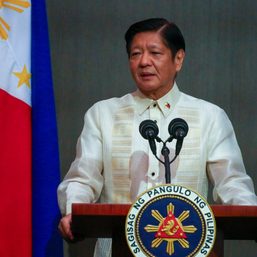
![[In This Economy] Is the Philippines quietly getting richer?](https://www.rappler.com/tachyon/2024/04/20240426-Philippines-quietly-getting-richer.jpg?resize=257%2C257&crop=194px%2C0px%2C720px%2C720px)
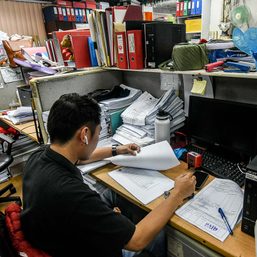
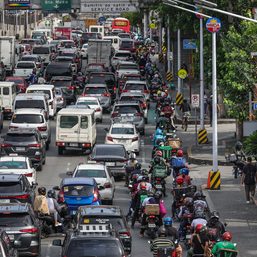
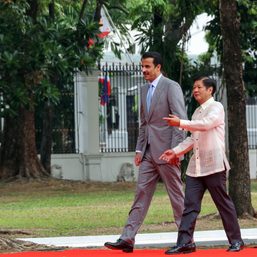
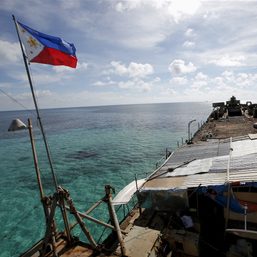
![[Vantage Point] Xi’s flotilla blocks energy development in South China Sea](https://www.rappler.com/tachyon/2024/04/china-aggression.jpg?resize=257%2C257&crop=442px%2C0px%2C1080px%2C1080px)
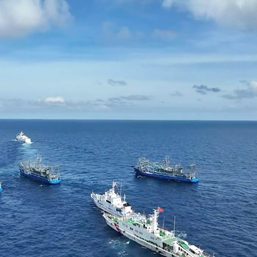
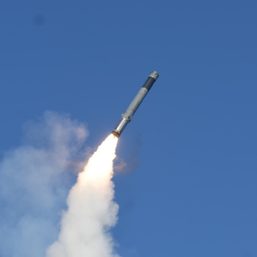
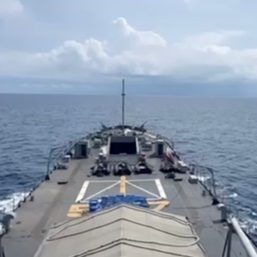
There are no comments yet. Add your comment to start the conversation.